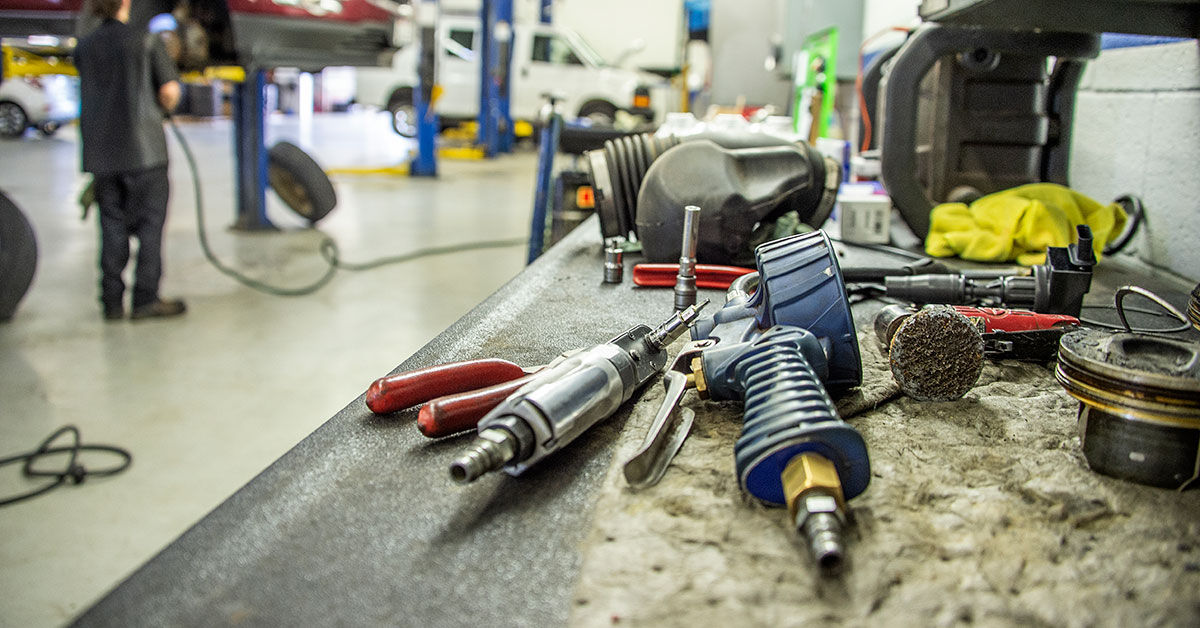Give reminders on hand and power tool safety
Date Posted: 06/29/2020

Hand and power tools are so common that workers may begin to ignore the hazards of using them. Serious injuries can occur if employees don’t follow the safety rules. Long experience using a tool without a mishap may cause reliance on “muscle memory” to do things correctly. The result is often a worker’s failure to give his full attention to a task. That’s when accidents happen.
Employees should be trained in the proper use of all tools, be able to recognize the hazards of different tools, and follow the necessary safety precautions. Five basic safety rules can help prevent injuries:
- Keep all tools in good condition with regular maintenance.
- Use the right tool for the job.
- Examine each tool for damage before use, and do not use damaged tools.
- Operate tools according to the manufacturer’s instructions.
- Provide and use the right personal protective equipment.
Employees and employers should work together to establish safe working procedures. If a problem arises, workers should immediately bring it to the attention of an appropriate person.
Damaged tools cause injuries
If the right tool isn’t immediately available, workers might grab the nearest tool that seems suitable, or might use a damaged tool. Improper use and poor maintenance are major hazards. Some examples include the following:
- If a chisel is used as a screwdriver, the tip of the chisel may break and fly off, hitting the user or other employees.
- If a wooden handle on a hammer is loose, splintered, or cracked, the head of the tool may fly off and strike the user or other employees.
- If impact tools such as chisels or wedges have mushroomed heads, the heads might shatter, sending sharp fragments flying toward the user or other employees.
The employer is responsible for the safe condition of tools and equipment used by employees. However, the workers who use those tools are in the best position to notice problems. They should be trained in the proper use and handling. Workers should also report any problems with tools, even if this causes delays in workflow while the tool is repaired or replaced.
In addition, employees who use hand and power tools must be provided with the appropriate personal protective equipment. Safety goggles and gloves must be worn to protect against hazards that may be encountered while using hand tools.
How Safety Management Suite Can Help
Developing training materials can be time consuming, especially if you have employees whose primary language is not English. The training tools in Safety Management Suite offers classroom training on hand and power tools, along with many other topics. Classroom courses include Spanish handouts.
E-mail Newsletter
Sign up to receive the weekly EHS Insider email newsletter for safety articles, news headlines, regulatory alerts, industry events, webcasts, and more.